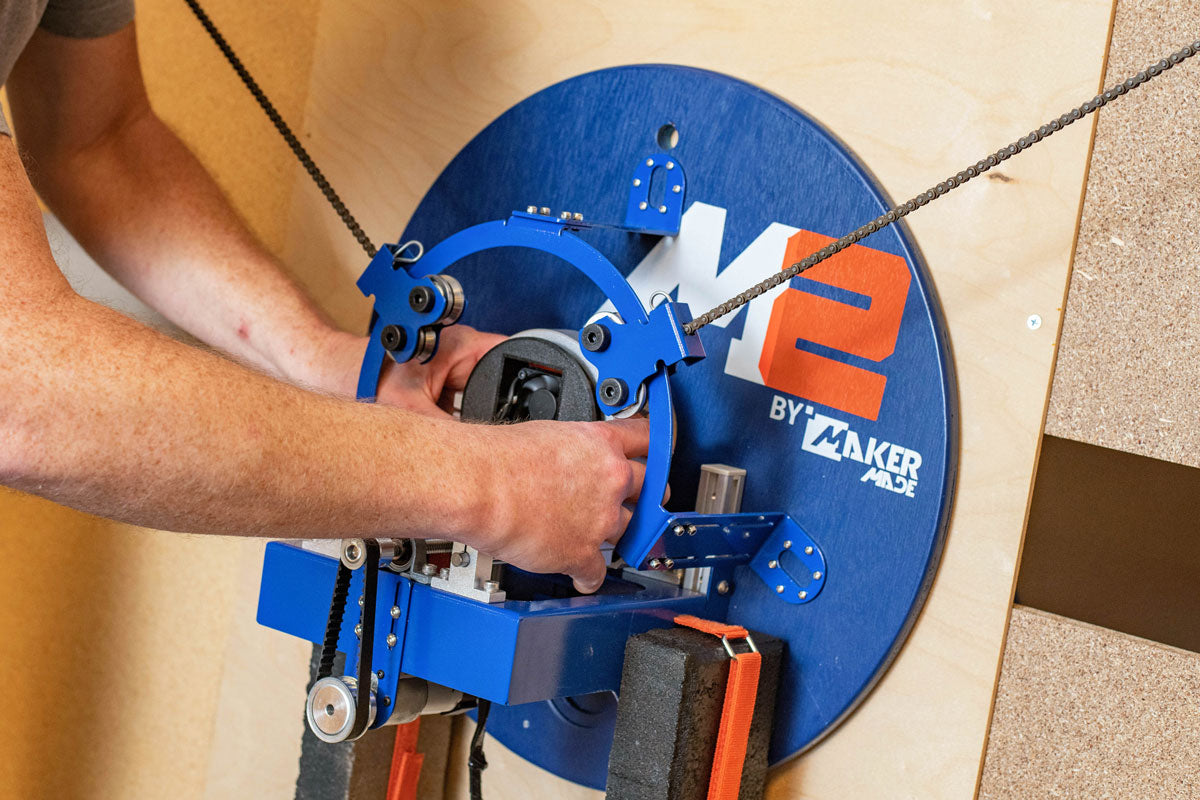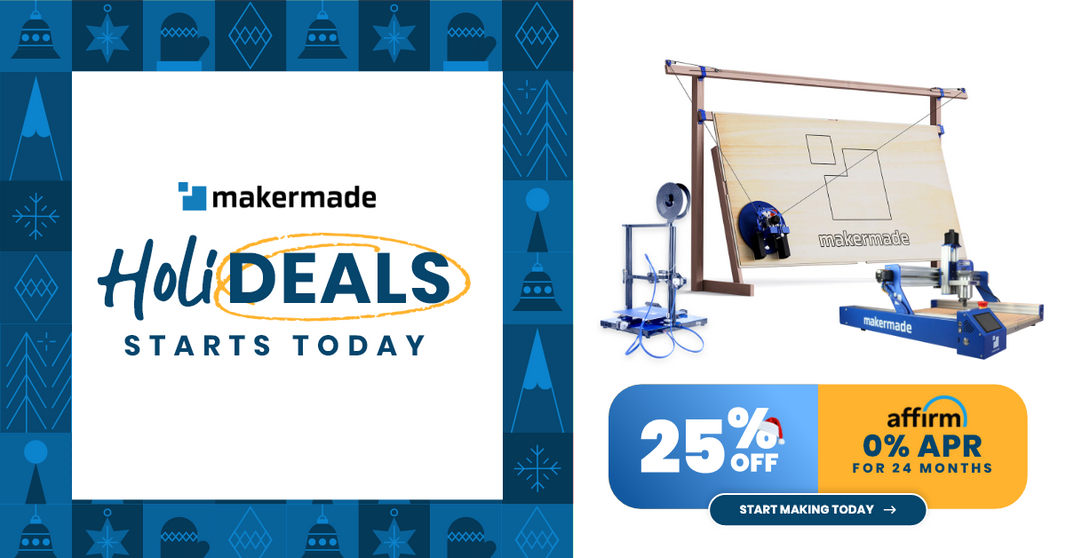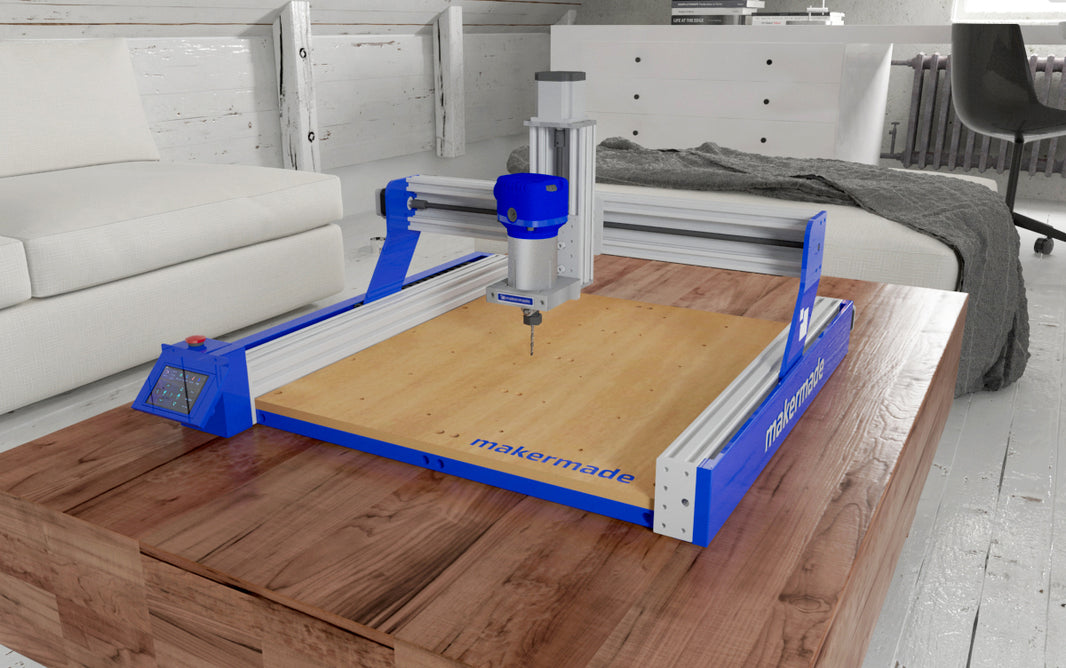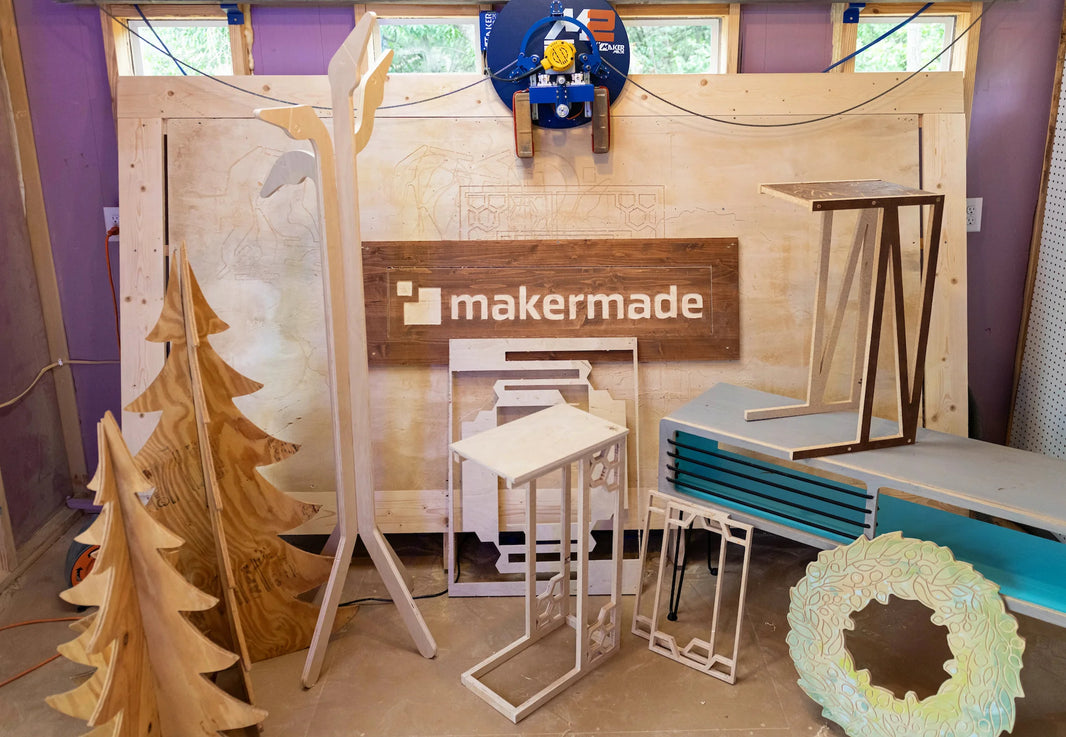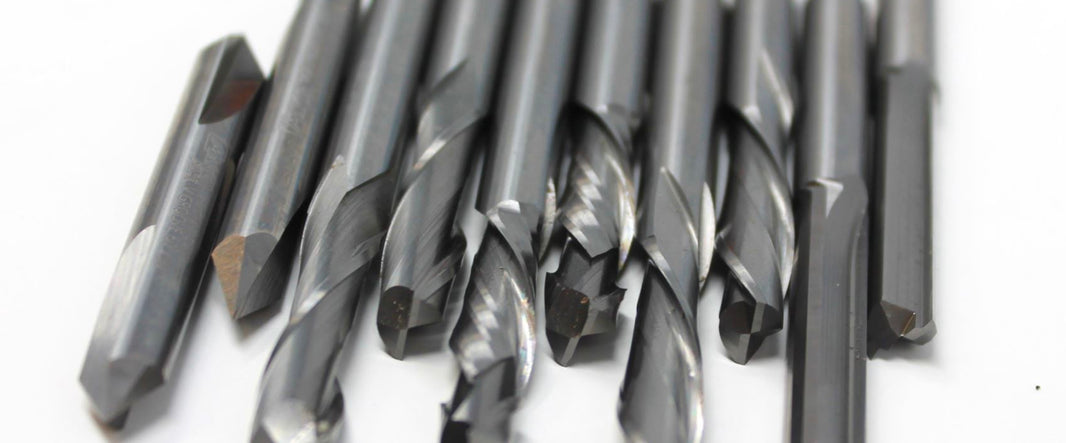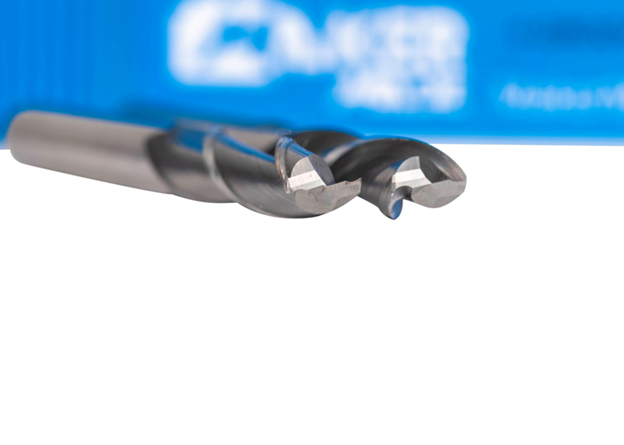SAFE MATERIALS TO CUT
Etching can be done on almost anything, wood, cardboard, aluminum, stainless steel, plastic, marble, stone, tile, and glass.
| Material | Max thickness | Notes | WARNINGS! |
| Many woods | Engrave Only | Avoid oily/resinous woods | Be very careful about cutting oily woods, or very resinous woods as they also may catch fire. |
| Plywood/Composite woods | Engrave Only | These contain glue, and may not laser cut as well as solid wood. Plywood with “filler” will cut better than multiple boards of hardwood glued together. Check for the least dense plywood when shopping for this. | |
| MDF | Engrave Only | These are okay to engrave but are very hard to cut with our lasers. The glue in the mixture makes it very hard to cut so we recommend engraving only. | |
| Paper, card stock | thin | Cuts very well and also very quickly. | |
| Cardboard, carton | thicker | Cuts well but may catch fire. | Watch for fire. |
| Cork | 1/8″ | Thin cork can be cut, but the quality of the cut depends on the thickness and quality of the cork. Engineered cork has a lot of glue in it, and may not cut as well. This takes a lot of passes to get done. | Avoid cutting thicker cork (5mm). Engraves well, cuts poorly. |
| Acrylic/Lucite/Plexiglas/PMMA | 1/8″ | Cuts extremely well leaving a beautifully polished edge. Only can cut dark colors like black. Clear will not cut and light colors like white are hard or near impossible to cut. Takes a ton of passes depending on the thickness and color. | |
| Thin Polycarbonate Sheeting (<1mm) | Engrave Only | Very thin polycarbonate can be cut, but tends to discolor badly. Extremely thin sheets (0.5mm and less) may cut with yellowed/discolored edges. | Watch for smoking/burning |
| Delrin (POM) | Engrave Only | Delrin comes in a number of shore strengths (hardness) and the harder Delrin tends to work better. Great for gears! | |
| Kapton tape (Polyimide) | 1/16″ | Works well, in thin sheets and strips like tape. | |
| Mylar | 1/16″ | Works well if it’s thin. Thick mylar has a tendency to warp, bubble, and curl | Gold coated mylar will not work. |
| Solid Styrene | 1/16″ | Smokes a lot when cut, but can be cut. | Keep it thin. |
| Depron foam | 1/4″ | Used a lot for hobby, RC aircraft, architectural models, and toys. 1/4″ cuts nicely, with a smooth edge. | Must be constantly monitored. |
| Gator foam | Foam core gets burned and eaten away compared to the top and bottom hard paper shell. | Not a fantastic thing to cut, but it can be cut if watched. | |
| Cloth/felt/hemp/cotton | They all cut well. Our lasers can be used in lace-making. | Not plastic coated or impregnated cloth! | |
| Leather/Suede | Engrave Only | Leather is very hard to cut, but can be if it’s thinner than a belt (call it 1/8″). Smells really bad when cut. | Real leather only! Not ‘pleather’ or other imitations .. they are made of PVC. |
| Magnetic Sheet | Cuts depending on the type. You need to get the “laserable” magnetic sheet from a proper supplier like Johnson Plastics. | ||
| NON-CHLORINE-containing rubber | Fine for cutting. | Beware chlorine-containing rubber! | |
| Teflon (PTFE) | thin | Cuts OK in thin sheets. See https://www.ulsinc.com/materials/teflon ; the issues listed in https://en.wikipedia.org/wiki/Polymer_fume_fever should not matter because our lasers are fully vented and exhausted. | |
| Carbon fiber mats/weave that has not had epoxy applied |
Can be cut, very slowly. | You must not cut carbon fiber that has been coated!! | |
| Coroplast (‘corrugated plastic’) | Engrave Only | Difficult because of the vertical strips. Three passes at 80% power, 7% speed, and it will be slightly connected still at the bottom from the vertical strips. |
NEVER CUT OR ETCH THESE MATERIALS
WARNING: Because many plastics are dangerous to cut/engrave, it is important to know what kind you are planning to use. Here’s a How-To for identifying unknown plastics with a simple process.
| Material | DANGER! | Cause/Consequence |
| PVC (Poly Vinyl Chloride)/vinyl/pleather/artificial leather | Emits chlorine gas when cut! | Don’t ever cut this material as it will ruin the optics, causes the metal of the machine to corrode as chlorine is released and ruins the motion control system. |
| Thick ( >1mm ) Polycarbonate/Lexan | Cuts very poorly, discolors, catches fire | Polycarbonate is often found as flat, sheet material. The window of the laser cutter is made of Polycarbonate because polycarbonate strongly absorbs infrared radiation! This is the frequency of light the laser cutter uses to cut materials, so it is very ineffective at cutting polycarbonate. Polycarbonate is a poor choice for laser cutting. It creates long stringy clouds of soot that float up, ruin the optics and mess up the machine. |
| ABS | Melts / Cyanide | ABS does not cut well in a laser cutter. It tends to melt rather than vaporize, and has a higher chance of catching on fire and leaving behind melted gooey deposits on the vector cutting grid. It also does not engrave well (again, tends to melt). Cutting ABS plastic emits hydrogen cyanide, which is unsafe at any concentration. |
| HDPE/milk bottle plastic | Catches fire and melts | It melts. It gets gooey. It catches fire. Don’t use it. |
| PolyStyrene Foam | Catches fire | It catches fire quickly, burns rapidly, it melts, and only thin pieces cut. This is the #1 material that causes laser fires!!! |
| PolyPropylene Foam | Catches fire | Like PolyStyrene, it melts, catches fire, and the melted drops continue to burn and turn into rock-hard drips and pebbles. |
| Epoxy | burn / smoke | Epoxy is an aliphatic resin, strongly cross-linked carbon chains. A CO2 laser can’t cut it, and the resulting burned mess creates toxic fumes ( like cyanide! ). Items coated in Epoxy, or cast Epoxy resins must not be used in the laser cutter. ( see Fiberglass ) |
| Fiberglass | Emits fumes | It’s a mix of two materials that cant’ be cut. Glass (etch, no cut) and epoxy resin (fumes) |
| Coated Carbon Fiber | Emits noxious fumes | A mix of two materials. Thin carbon fiber mat can be cut, with some fraying – but not when coated. |
| Any foodstuff ( such as meat, seaweed ‘nori’ sheets, cookie dough, bread, tortillas… ) | The laser is not designed to cut food, and people cut things that create poisonous/noxious substances such as wood smoke and acrylic smoke. | If you want to cut foodstuffs, consider sponsoring a food-only laser cutter for the space that is kept as clean as a commercial kitchen would require. |
| Material with Sticky Glue Backing | Coats lens, cracks lens | There are many normally laserable items such as thin wood laminates that you can purchase that become un-cuttable when the manufacturer adds a layer of peel-off glue on the bottom to attach them to surfaces. Examples include cork tiles, thin wood laminate, acrylic tiles, and paper stickers. Never cut these materials in the laser cutter if they have this backing. The glue will vaporize forming a coating on the lens that will coat it, cloud it, heat it, and then potentially crack the lens. The glue residue is worse than resin, and can’t be removed without risking damage to the lens … requiring a lens replacement |

